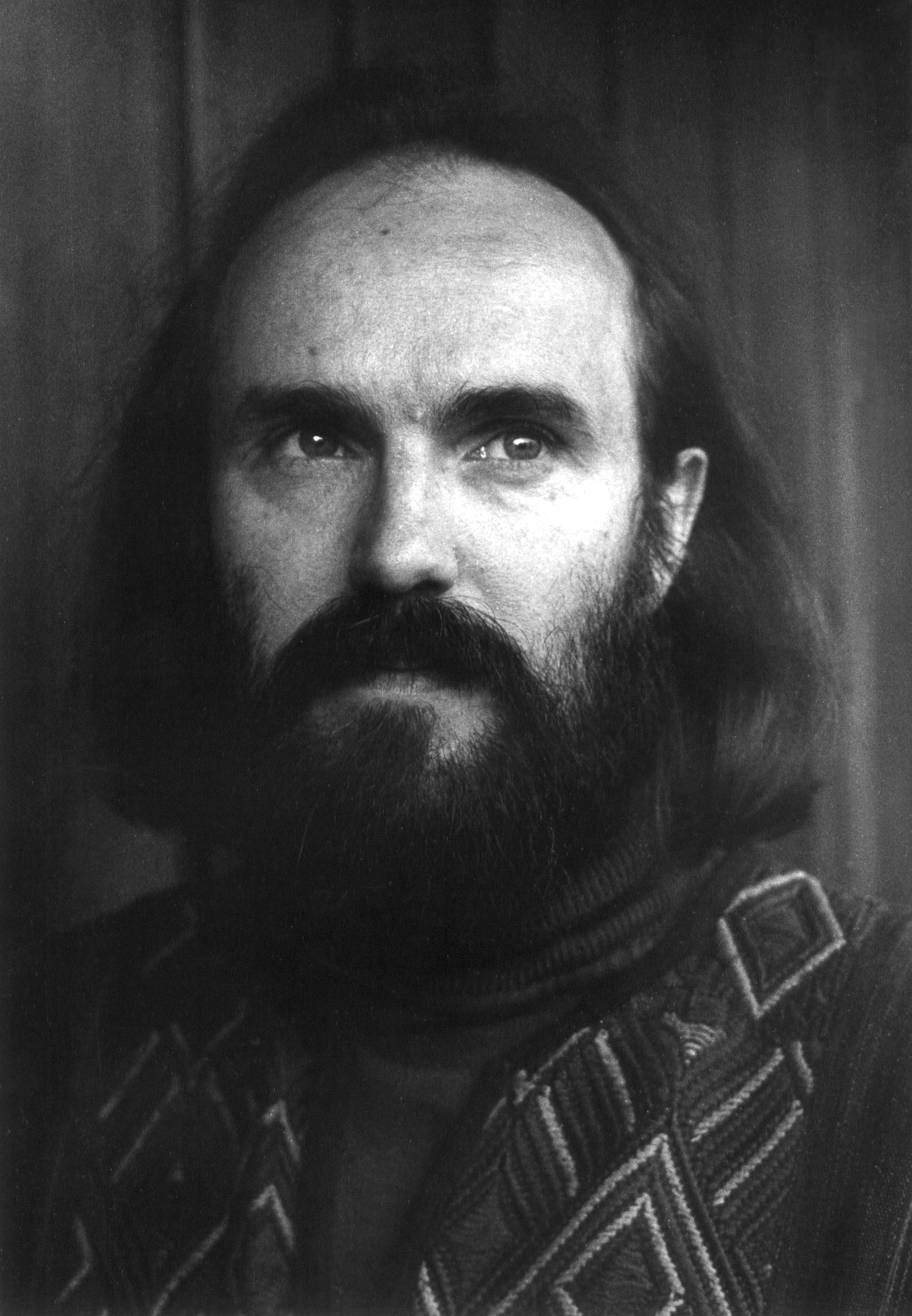
"Three Solo Pieces", Notes by Lubomyr Melnyk
Marginal Invitation solo piano, created in New York, October 2012 This is an essay into the essential character of piano playing, with a deeply rooted melodic sense, albeit somewhat subdued...
![[product title] - unseen worlds](http://unseenworlds.com/cdn/shop/products/UW11CoverHiRes_1445x.jpg?v=1566370087)
![[product title] - unseen worlds](http://unseenworlds.com/cdn/shop/products/0008256008_10_1445x.jpg?v=1566322736)
![[product title] - unseen worlds](http://unseenworlds.com/cdn/shop/products/0008256014_10_1445x.jpg?v=1566322736)
Comprised of three balanced examples of his Continuous Music on solo piano, Three Solo Pieces serves as perhaps the best introduction the Ukrainian-Canadian composer Lubomyr Melnyk yet available. “Marginal Invitation” is a subdued work with a deeply rooted melodic sensibility that is rich in overtones, while “Corrosions on the Surface of Life” exhibits a dissonant fury of patterned note play. The final, side-length meditation “Cloud Passade No. 3” is a chordal work in free-time which functions equally well as furniture music and a meditative exploration of pure light.
Three Solo Pieces is the first set of new Lubomyr Melnyk recordings produced by Unseen Worlds and his first release for the label since the 2007 reissue of his debut album KMH: Piano Music in the Continuous Mode (1979). Following that reissue, efforts were shifted from record projects to introducing Melnyk’s still-thriving Continuous Music to audiences with a set of memorable and well-received concerts in Seattle and New York in 2009. Since his popular rediscovery through a variety of releases on Unseen Worlds, his own and other labels, as well as being hosted all over the world for concerts, Lubomyr Melnyk has successfully risen from obscurity and emerged as a welcome new entry in the history of contemporary classical music, as well as a vital performer for the 21st Century.
DIGITAL TRACK LIST

Inspired by the minimal, phase and pattern musics of Steve Reich, Philip Glass, and Terry Riley, yet frustrated by the ecstatic detachment from reality they can encourage, Lubomyr Melnyk went about creating a mode of music, which he called Continuous Music, that was based in the innovations of the minimalist composers but had its roots more deeply planted in harmony. KMH (1978) is the fruition of the idea, which he began developing in 1974, and closely figures a similar sentiment that Reich expressed in his watershed Music for 18 Musicians, though Reich was detached socially as well as professionally from Melnyk. KMH, however, goes beyond the textural beauties of a piece like Music for 18 Musicians and succeeds in functioning as an engaging drama as well as a piece of music. The influence of dancer, choreographer, Igor Wakevitch-collaborator Carolyn Carlson on Melnyk underlies this.
He recalls, “The entire Continuous Music concept developed from my work with the Carolyn Carlson Dance Company which was based in Paris (at the Opera) during the mid-1970´s. This was a completely new dance format, based on Carolyn's extraordinary and mystical perceptions of dance-space-movement. There has never been nor ever will be anyone like her… She moved like a tiger and a spider and a bird all at once. She was (is) a virtual explosion of the entire physical plane and I was to play for 16 minutes straight while her students moved across the floor. She developed the moving and standing still all at once phenomenon.”
Continuous Music is structured into two formats. In the first the player generates the series of notes (the "chordal-sound continuum") up and down over the keyboard in melodic arpeggio fashion. In the second a note series is held in one rigid location, giving rise to a note pattern with a motoristic character, or a continuous multi-level line of sounds. Both formats utilize the pedal continuously so that the frequencies overlap and become a steady stream of wave-like multi-dimensional sound. The technique requires a pianist able to combine various lines of tone in a continuous stream of notes, to operate incongruous patterns in each hand and have a soft, airy agility in arpeggiating a melodic/harmonic flow.
KMH: Piano Music in the Continuous Mode was Lubomyr Melnyk's first record, yet it represents the Continuous Mode in its fully-developed form. This music transcends the barriers between consonant and dissonant, tonal and atonal. The individual notes themselves retain an independent life and unite briefly before eventually splitting off from the chord and heading into other relationships. The motions of these continua combine with other tones to form a constantly evolving harmonic structure. The continuity of the music reflects the continuity of time and life and the flow of time within the player’s life. In a live performance the music attains an intense spiritual state.
In 1975, Edward Bond, reviewing a performance by Lubomyr Melnyk stated, ”It is unlike anything heard before … one felt the piano was always meant to sound this way!”